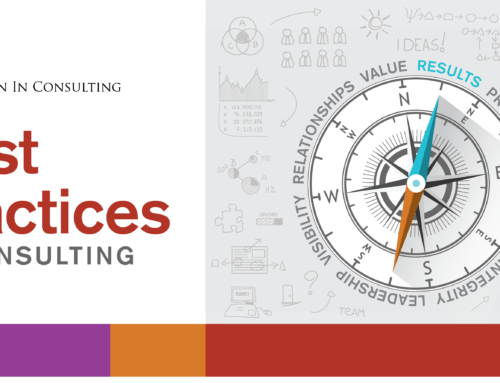There seems to be a fair bit of confusion when it comes to priorities and prioritizing. How does one prioritize? Where do I begin? What is a priority? And why, despite my best intentions, am I unable to stick to my priorities?
For starters, let’s distinguish the various types of priorities:
- First, there are life priorities – these are the big picture, over-arching themes in one’s life. Career, family, health/wellness, spirituality, finances, and self (yes, self is an entire category) are among the most common.
- Second in line are long-term priorities with the period of time longer than six months.
- Next are short-term priorities with a term of three to six months.
- Last in line are daily priorities or tasks.
Magic happens and effectiveness reigns supreme when all priorities (life, long- and short-term and tasks) correlate and connect with each other. Daily tasks – when assembled over time – will correspond to a short- or long-term priority and those, in turn, will link to a more encompassing life priority.
If at any point, you are doing/commit to/enroll in something that is not in line with any priority, STOP. Then identify the reason for doing/committing/enrolling by forcing yourself to answer this question: Why am I doing this if it’s not a priority? The answer may be surprising.
Practice the habit of challenging yourself to answer the following questions each and every time you do something:
- How is this moving me toward my priorities?
- What is the benefit of this?
- Why is this important?
By routinely answering these questions and then ceasing or delaying any activity that is out of sync with your priorities, efficiency and productivity will instantly increase. What if, despite best intentions, you pursue action on something that is misaligned with your priorities? Hey, greater awareness accounts for something.








One way to think about prioritizing, is to remember the good old Pareto principle (or 80-20 rule), often used in business, whereby 20% of the tasks create 80% of the value. One needs to understand what these most important aspect of life are (the 80%) and take care of them above everything else. Doing so will allow one to stay focused and happy, be it in business, family or elsewhere.
Agree, it’s understanding those ‘most’ important tasks and addressing them first. So often, we get distracted and derailed and soon we’re focusing on what’s urgent, rather than what’s important.
@BVI, how do you identify the top 20%?
Stacey and BVI…Great points and an excellent blog post! Thought I’d chime in with my 2 cents around identifying the top 20%. I find that a person first needs be crystal clear about their core values before they can identify their priorities (or top 20%). In this “hurry up” day and age, it’s so easy to get swept up in the priorities and expectations of others. By stepping back a moment and conducting a values SELF-check, we can first ensure that the item belongs on our list in the first place.
@Kimberly, clarity is key, agree with you there. How often do you do a values self-check? And have you found your values shifting?